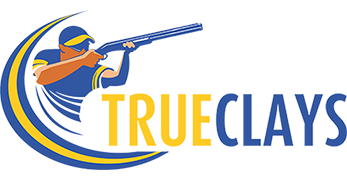Visual vs Performance
Where is the stunning graphics?

Users of the TrueClays simulator are always very impressed by the accuracy of the clay target flight and the detailed analysis that can be performed on each shot, and one question that is often asked is “Why are the background graphics in TrueClays not more realistic, particularly in the sporting disciplines? In other simulators, such as: gaming, racing and golf, you can see some stunning and realistic graphics backgrounds, why not in TrueClays?”
The answer is simple and two-fold- firstly, in gaming simulators, the frame rate or fps (frames per second) are usually between 60 to 144fps- above 100 fps the game will feel incredibly smooth. At lower frame rates, you can still play and barely notice the difference, even if the game becomes marginally sluggish, you CAN still play.
In TrueClays you need to hard focus on a fast-moving target, and at lower ‘gaming’ frame rates, the target would ‘jump’. Because you are looking at the target in ‘hard focus’, your brain will instantly say "this is not real".
Shooting clays with a shotgun utilizes your subconscious mind, it's fast, you can react and adapt within 0.005 seconds.
Your conscious mind is slower and takes longer to react, generally about 0.2-0.3 seconds.
TrueClays has a bias for performance rather than visual representation of the background. It’s worth remembering that while shooting clays, you don't actually see the background because you are focussed on the target!
This performance bias means that TrueClays offers high frame rates; from 120fps to 240fps.
What is also important for shooting backgrounds are trees that move in the wind, clay targets appearing from behind trees and shadows cast realistically. These features will give you a feel for distance and depth, making successful shots or mistakes very similar to real life.
Secondly, a gaming pc usually updates its physics engine perhaps every 20 milliseconds or so. TrueClays does this every 1 millisecond, this is necessary because an Olympic Skeet target has moved 26mm across the screen in that same millisecond. The physics engine is designed to make sure you hit the clay exactly where you aim, and then the fragments of the broken target are thrown in the correct direction. This has the effect of training your brain exactly where to hit targets.
Another popular question is, “Why not use photos?”
Simple - no moving trees, no sense of wind; missing or incorrect shadows, no perception of depth, and on skeet ranges, backgrounds need to cater for shooters of differing heights, meaning ranges cannot be accurately replicated with photos.
